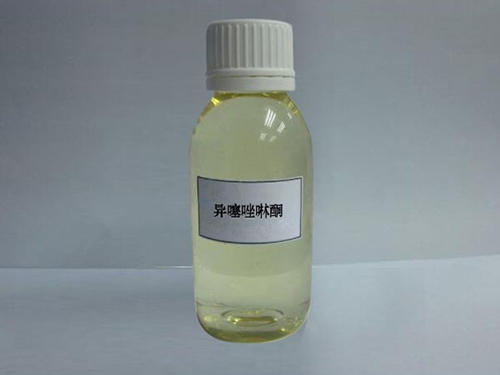Polyacrylamide and its Applications in Various Scientific Fields
Understanding PAM Polyacrylamide A Versatile Polymer for Various Applications
Polyacrylamide (PAM) is a synthetic polymer widely recognized for its versatility and utility in various fields, including agriculture, water treatment, and pharmaceuticals. Its unique properties, such as high water solubility, biocompatibility, and ability to form gels, make it a valuable material in numerous applications. This article aims to explore the characteristics, uses, and potential environmental impacts of PAM polyacrylamide.
Composition and Properties
Polyacrylamide is composed of acrylamide monomers that are polymerized through free radical initiation. The resulting polymer can be linear or cross-linked, leading to different physical properties. The degree of cross-linking determines whether PAM is a gel or a powder, which significantly influences its application. One of the most notable features of PAM is its ability to absorb large amounts of water, making it an excellent hydrogel. This property allows PAM to retain moisture in soil, improving agricultural productivity.
Additionally, PAM can be modified to enhance its properties. For instance, anionic, cationic, and nonionic types of PAM are available, each possessing different charges that influence their interactions with soil particles, organic matter, and contaminants. Anionic PAM is particularly useful for soil erosion control and water retention, while cationic PAM is beneficial in wastewater treatment due to its positive charge that attracts negatively charged particles.
Applications in Agriculture
In agriculture, PAM is utilized for improving water retention in soil, which is crucial for maintaining crop yields in arid regions. By mixing PAM with soil, farmers can reduce erosion, improve structure, and enhance water infiltration. Studies have shown that PAM can increase soil moisture availability, thereby promoting healthy plant growth and optimizing irrigation practices.
Moreover, PAM is employed in the creation of controlled-release fertilizers and soil conditioners. These applications not only provide nutrients to plants over an extended period but also reduce the potential for nutrient runoff, contributing to environmental sustainability. By reducing excess fertilizer use, PAM helps mitigate water pollution in nearby ecosystems.
pam polyacrylamide

Role in Water Treatment
PAM plays a significant role in water treatment processes, particularly in clarifying wastewater and enhancing sludge dewatering. PAM is used as a flocculant agent, causing suspended solids to coagulate and settle, thus improving the efficiency of filtration systems. Its ability to enhance solid-liquid separation is crucial for producing cleaner effluents before discharge into the environment.
Additionally, PAM can aid in the removal of heavy metals and organic pollutants from industrial wastewater. By promoting the aggregation of contaminants, PAM facilitates their removal, ensuring compliance with environmental standards. This aspect of PAM is especially relevant in industries such as mining, textiles, and food processing, where wastewater can contain hazardous substances.
Environmental Concerns
While PAM offers numerous benefits, there are also concerns regarding its environmental impact. The primary issue stems from the potential toxicity of acrylamide, a known neurotoxin and carcinogen. Although the polymer itself is considered safe, the residues from its breakdown can pose risks if not managed correctly. Therefore, it is essential to use PAM responsibly and adhere to guidelines to minimize exposure and environmental contamination.
To address these concerns, researchers are exploring alternative biodegradable polymers that mimic PAM's beneficial properties without the associated risks. Advances in technology and chemistry may lead to the development of safer substitutes that can provide similar agricultural and industrial benefits while protecting human health and the environment.
Conclusion
PAM polyacrylamide stands out as a multifunctional polymer that offers significant advantages in various sectors. Its applications in agriculture and water treatment underline its importance in promoting sustainable practices, improving efficiency, and enhancing productivity. However, the potential risks associated with its components necessitate careful handling and continued research to ensure safety and environmental protection. As science evolves, the future of PAM and its alternatives will likely lead to more eco-friendly solutions, allowing for continued advancements in diverse applications while safeguarding public health and ecosystems.
-
Pbtc Scale InhibitorPBTC: A Scale Protector for Industrial Water TreatmentNewsAug.05,2025
-
Organic Phosphonate: An Efficient Defender in the Field of Scale InhibitionNewsAug.05,2025
-
Hydrolyzed Polymaleic Anhydride: Green Pioneer in Scale Inhibition FieldNewsAug.05,2025
-
PAPEMP Polyamino Polyether Methylene Phosphonic Acid For SaleNewsAug.05,2025
-
Flocculant Water Treatment: A Pioneer in Purification in the Field of Water TreatmentNewsAug.05,2025
-
Benzyl Isothiazolinone: An Efficient and Broad-Spectrum Antibacterial Protective GuardNewsAug.05,2025





